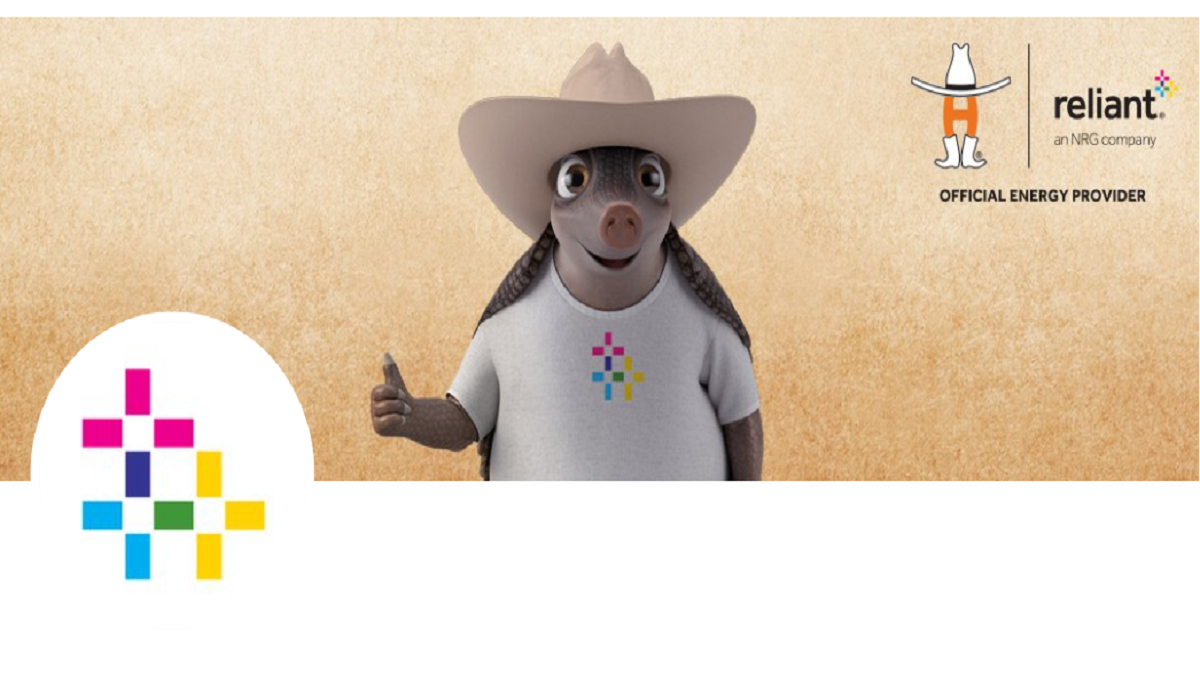A mortgage is the key to unlocking the door to homeownership, but how exactly does it work? Understanding the inner workings of a mortgage is essential for anyone considering buying a home. In this article, we’ll break down the process of how a mortgage works, from the initial application to making monthly payments, and explore the essential components that make homeownership a reality.
How Does a Mortgage Work?
- The Mortgage Application Process
- Pre-Approval: The mortgage journey often begins with pre-approval. You provide your financial details to a lender, who evaluates your creditworthiness and determines how much you can borrow.
- Mortgage Programs: There are various mortgage programs available, such as fixed-rate mortgages and adjustable-rate mortgages (ARMs). You select the one that best suits your financial situation and goals.
- Down Payment: To secure a mortgage, you typically need to make a down payment, which is a percentage of the home’s purchase price. The larger the down payment, the lower your loan amount.
- Interest Rate: The lender sets an interest rate on your loan, which represents the cost of borrowing money. Your credit score, market conditions, and loan type affect this rate.
- The Home Purchase
- After receiving mortgage pre-approval, you start house hunting. Once you find your dream home, you make an offer, and the seller accepts it.
- Escrow Account: An escrow account is established to hold the down payment and ensure that it’s available for the closing.
- The Closing Process
- Loan Application: You complete a formal loan application, providing detailed financial information.
- Home Appraisal: The lender orders an appraisal to assess the home’s value, ensuring it’s worth the purchase price.
- Credit Check: Your credit is re-evaluated to confirm your creditworthiness.
- Loan Approval: The lender reviews all your documentation and, if satisfied, approves the loan.
- Closing Disclosure: You receive a Closing Disclosure detailing the terms and costs of your loan.
- Closing Day: You attend the closing to sign the necessary documents, including the mortgage note, and transfer ownership of the property.
- Making Monthly Mortgage Payments
- Principal and Interest: Each monthly payment goes towards both paying down the loan principal and covering the interest accrued on the outstanding balance.
- Property Taxes: Property taxes are often collected as part of your monthly payment and held in an escrow account to cover annual tax bills.
- Homeowners Insurance: You are required to maintain homeowners insurance, and the premiums are included in your monthly payment and paid from your escrow account.
- Private Mortgage Insurance (PMI): If your down payment is less than 20%, you may be required to pay PMI to protect the lender in case of default.
- Escrow Account Management: The lender manages your escrow account, making property tax and insurance payments on your behalf.
- Building Equity
- As you make your monthly mortgage payments, you gradually build equity in your home, which is the difference between the property’s value and the remaining loan balance.
- Over time, your equity increases, and you gain greater ownership of your home.
Start Your Mortgage
A mortgage is a financial tool that makes homeownership possible for millions of people. Understanding how it works, from the application process to the monthly payments, is essential for making informed decisions when embarking on your journey to buy a home. By being well-informed and working with experienced professionals, you can make the most of your mortgage and achieve your homeownership goals.




